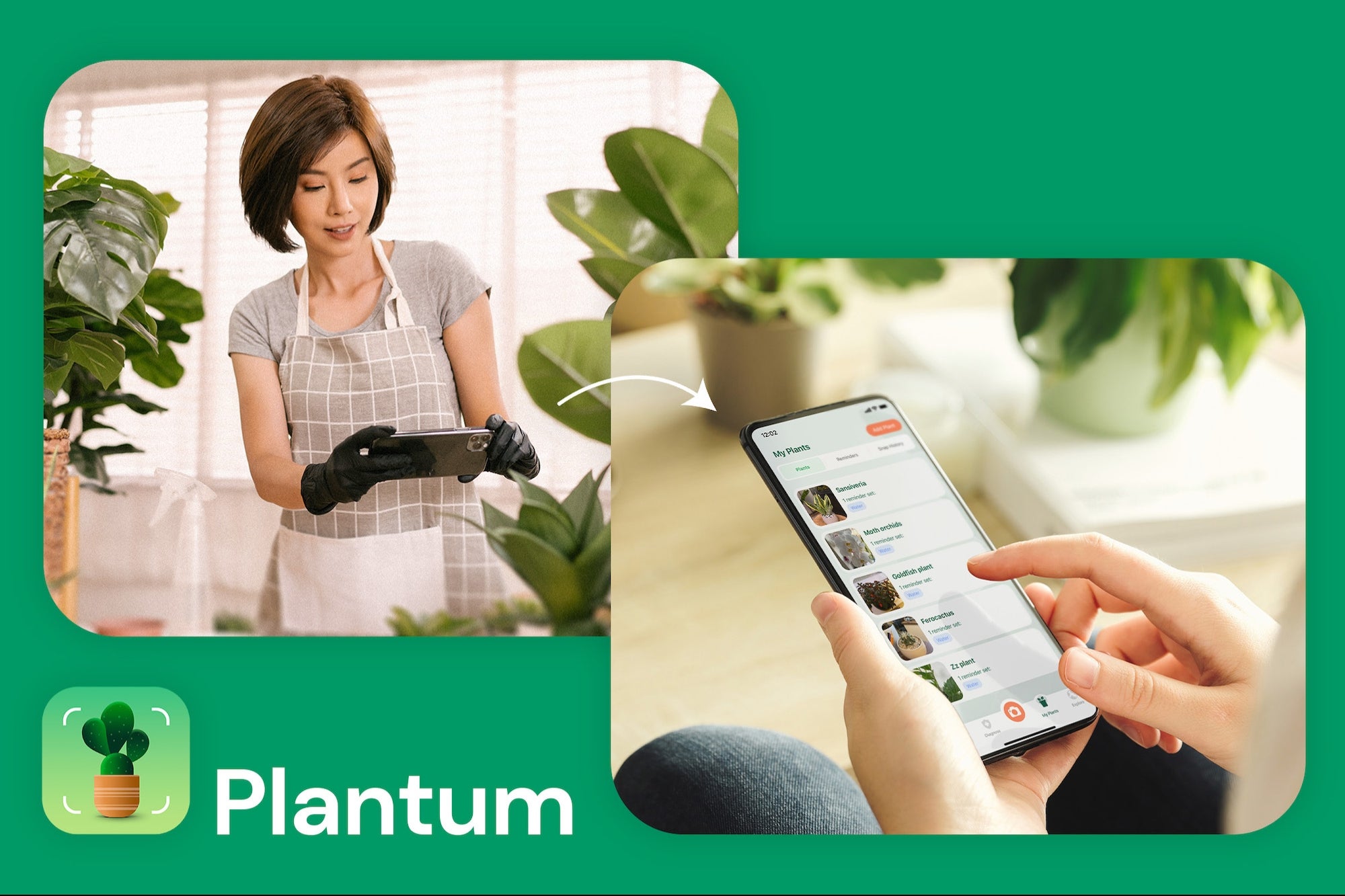How to Create Your Buyer BlueprintDeveloping a good idea of who your best customers really are will help you find a strong market for your business.
ByScott Duffy•Originally published
Opinions expressed by Entrepreneur contributors are their own.

The following excerpt is fromScott Duffy's bookBreakthrough.Buy it now fromAmazon|Barnes & Noble|Apple Books|IndieBoundorclick here to buy it directly from usandSAVE 60%on this book when you use codeLEAD2021through4/10/21.
In the end, business is all about the customer. You can break through and take your product to market, but you can't make them buy it. Therefore, you need the right product for the right buyer.
The biggest mistake salespeople make is selling the wrong thing. They either push what they think is most important about their product or service or what their boss has told them to sell. When the prospect says no, they don't understand why. It's because the seller never asked what the prospect wanted -- he didn't understand theirbuyer blueprint.
Although I should have known better, I've fallen into this trap myself. One example was while I was at Virgin Charter. We had a smart, educated team. We were confident we understood our customer's problems and knew how to solve them. So, we created a product road map, listing the features planned for development and ranking them in the order we would build them. With a hundred features on our list, I had the sense we were on the right track. Then, after spending lots of money building and going to market, we discovered a problem.
Related:5 Ways to Inspire Creativity and Innovation in Your Employees
People just weren't using our service in the way we thought they would. Our team spent its time building features on the back end of our website: creating efficiencies, automating systems, and developing the technologies to enable a buyer to purchase and manage their trip details online. But customers spent their time on the front end of our website, doing searches and viewing profiles of all the available aircraft. When they were ready to buy, most just picked up the phone and asked our team to process the order.
We needed to go back out into the market, so our sales, product, and technical people gathered in rooms with customers.
We soon learned that some of the functions people wanted most weren't in the current product or in the top ten things to build in our product road map. Some weren't even in our plan at all.
The challenge is to create a solid buyer blueprint before you do anything else. You can do this by asking two very simple questions:
1. What is most important to you?
Many times, if you ask a customer this question, the answer you'll get isI don't know.But try responding withBut if you did know, what would it be?You'll find that usually elicits useful answers, and the person will start listing the things they value most, perhaps without even realizing it. Take notes, and once they're done, work with them to rank every item on their list to identify which features are most important to them.
Related:7 Ways to Make Outsourcing a Success Time After Time
For example, if you could only have this feature or that one, which one would you choose? Continue to rework and refine their answers. A potential buyer may say, for example, that their top priority is that a food item taste good or that a tech service is easy to use. That's a start, but not all you need to know. This leads you to the second question.
2. How do you know you're getting what you want?
Nearly everyone forgets to ask this question, and it may be the most important one. Why? Because the definition of "good taste" or "easy to use" is different for everyone. Your job is to not only find out what your prospect values, but also what rules they use to determine whether they're getting what they want. That makes follow-up questions essential:How do you know it tastes good? Do you crave sweet or sour, crunchy or smooth? How do you know it's easy to use? Do you need to access it online? Would you require it on a mobile device?
With an early understanding of what your prospect wants, and how they know they're getting what they want, you'll be able to build and sell products and services that match your buyer's blueprint, leading to big success for your business.
A word of caution, though: Just because a customer says they want something, that doesn't mean they'll buy it once they have a chance to use it. It's not that they're trying to deceive you; they can only know so much until they have a chance to experience what you have to offer. For that reason, it's essential to do two things.
Related:The 13 Factors That Make a Strong Partnership
首先,建立一个一次,而不是每一个thing at once. That way, if your customers start using your product and realize they want something slightly different, you haven't wasted too much valuable time and resources. Second, get customers to use the product as soon as possible and collect as much feedback as you can. Then iterate, redeploy, and scale.
Constant interaction and communication with your users and ongoing reevaluations of your product and priorities are the best way to keep moving forward. Established businesses often make the mistake of thinking they know exactly what their customers want, because they have been successful for many years. Times change, customers change, and their needs change. Keep asking for feedback to stay current. If you stop asking for feedback and stop learning about your customers, your competition will eventually crush you.
Did you enjoy your book preview?Click here to grab a copy today—now 60% off when you use codeLEAD2021through 4/10/21.











